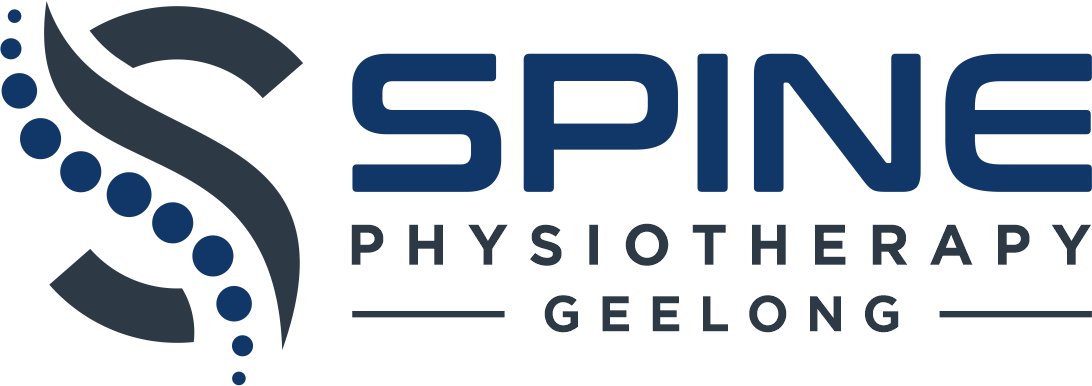Whiplash Associated Disorders and Predicting Outcome.
Whiplash Associated Disorders (WAD) are defined as soft tissue injuries that result from “an acceleration-deceleration mechanism of energy transfer to the neck” (Pastakia & Kumar, 2011). These types of injuries are most commonly seen as the result of rear-end or side- impact motor vehicle accidents but can also occur through other circumstances.
Whiplash can be classified into five separate categories according to the Quebec Task Force (Spitzer et al, 1995).
These are as follows:
| QTF Classification Grade | Clinical Presentation |
|---|---|
| 0 | No complaint about neck pain and no physical signs |
| I | Neck complaint of pain, stiffness or tenderness only and no physical signs |
| II | Neck complaint. Musculoskeletal signs including: A) Decreased range of movement B) Point tenderness |
| III | Neck complaint. Neurological signs including: A) Decreased or absent deep tendon reflexes B) Muscle weakness C) Sensory deficits |
| IV | Neck complaint and fracture or dislocation. |
Worryingly, around 50% of people who sustain a WAD will not recover and will continue to report ongoing pain and disability one year after the injury (Sterling, 2014).
Given the high level of persistent pain following WAD injuries, there has been a large amount of research dedicated to determining what predicts a poor outcome. Through this work it has consistently been found that higher levels of initially report pain (>5.5 on VAS) and higher levels of initially reported disability (NDI > 29%) are related to poor recovery. As such, these factors are important to assess in the early stages following a whiplash injury (Sterling, 2014).
In addition, it has also been found that psychological factors such as moderate post-traumatic stress symptoms, pain catastophising and depressed mood indicate a poor outcome. It is little surprise then that 25% of persistent WAD cases have PTSD and 31% have a major depressive disorder (Sterling, 2014).
Finally, it has also been found that low expectation of recovery and objective signs of central sensitisation are risk factors for poor outcome (Sterling, 2014).
It is worth considering these factors when managing any patient who presents with a Whiplash Associated Disorder. The Physiotherapists at Spine Physiotherapy Geelong are familiar with how to assess and manage these factors. They are also able to work with other practitioners who may need to be involved in the recovery process to maximise recovery.
References:
- Pastakia, K., & Kumar, S. (2011). Acute whiplash associated disorders (WAD). Open Access Emergency Medicine: 3, 29-32.
- Spitzer, W., Skovron, M., Salmi, I., Cassidy, J., Duranceau, J., & Suissa, S. (1995). Scientific monograph of Quebec Task Force on Whiplash associated disorders: redefining “whiplash” and its management. Spine:20 (8 suppl), 1S-73S.
- Sterling, M. (2014). Physiotherapy management of whiplash-associated disorders (WAD).
Journal of Physiotherapy: 60, 5-12.


